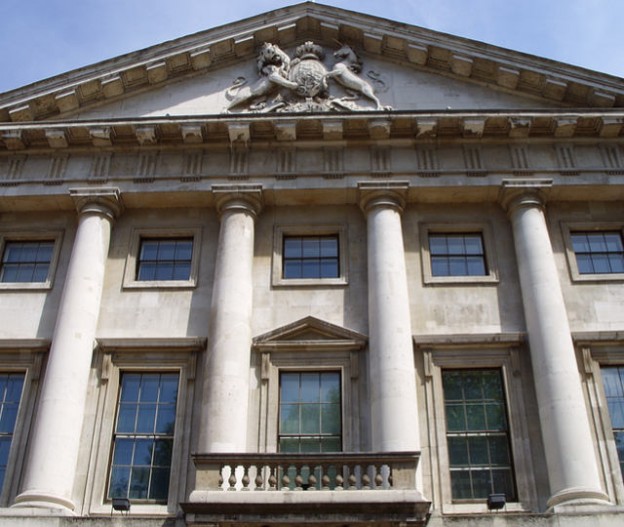How the intricate engraving of the new pound coin will deter forgers
The last six months have been an interesting one for collectors of banknotes and coinage. In the last two months, we have been getting to grips with the new plastic fivers. Next year will see the arrival of a new, smaller £10 note. About to make its way in March 2017 will be the new pound coin. Since the arrival of the original ones in 1983, they have been the most forged coins in Britain. Telltale signs of which include the weight of the coin, materials, and its text around the sides.
Next year, its complex engraving work could save the day, with its intricate work likely to deter counterfeiters. The new pound coin will have twelve sides. Like the £2 coin, it will be bimetallic with a gold coloured outer ring made from nickel brass. Its inner part will be made of nickel-plated alloy.
Other design features will see ‘One Pound’ (in uppercase serif text) surrounding the rim of the pound coin. An holographic effect, as seen on the £2 coin, will be used to display ‘£’ or ‘1’ depending on which way you turn the coin. The tail end of the coin will feature an English rose, Welsh leek, Scottish thistle, and a Northern Irish shamrock. Representing the four nations, it was designed by fifteen-year-old David Pearce. His design was a winning public competition entry, chosen from 6,000 entrants.
Farewell to the old pound coin
The present (at this time of writing) pound coin will cease to be legal tender in September 2017. By which time, the new twelve-sided coin would have made its way to several wallets and purses. For several people, it will be a case of “goodnight and good riddance” for the 1983 pound coin. It is estimated by the Royal Mint that one in 30 £1 coins are counterfeit.
We hope the new design will be more foolproof. As engravers, we think the new pound coin has more redeeming features. It is lovelier to look at compared with the present coinage.
Able Engraving and Design, 04 November 2016

